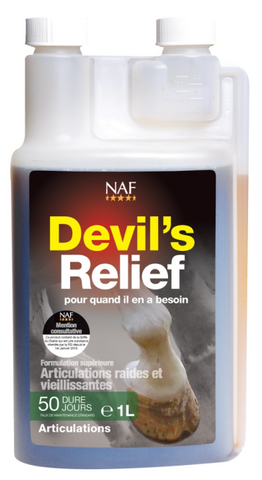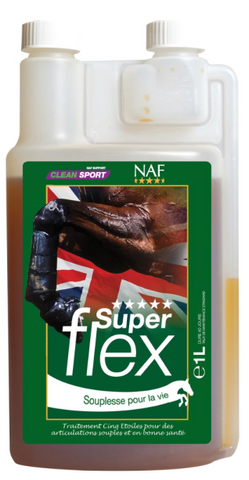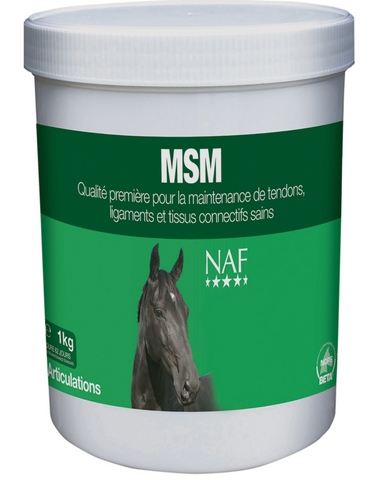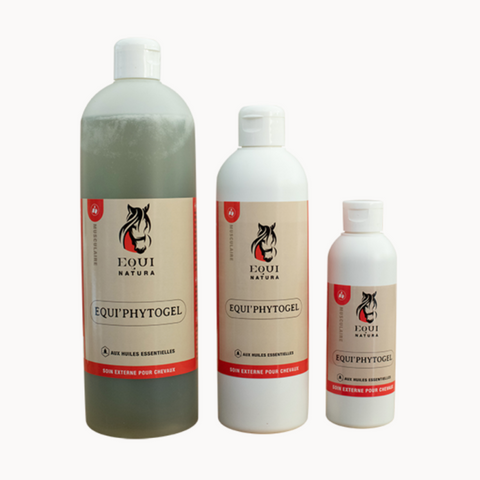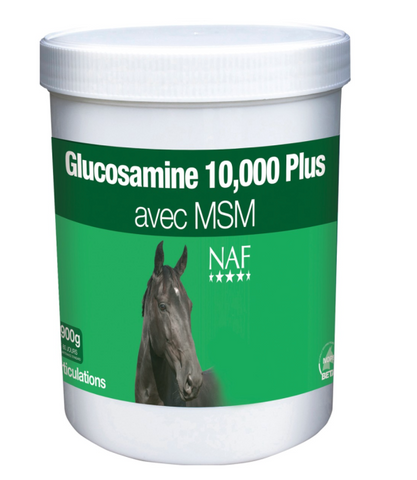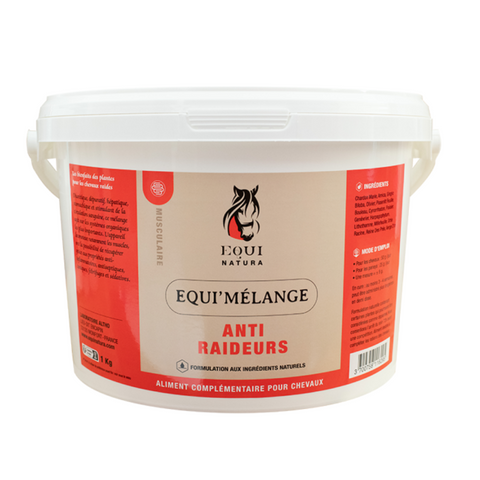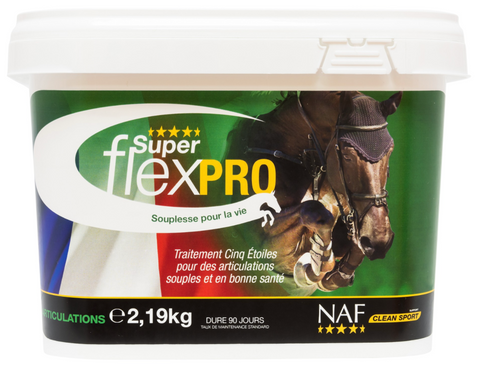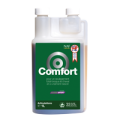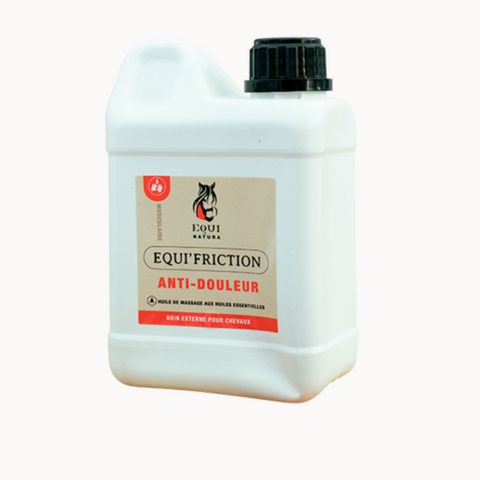The musculoskeletal system: the tendons
The tendons are, so to speak, the extensions of the muscle; they connect muscle to bone.
A tendon is made up of a number of connective fibers surrounded by a synovial sheath. These assemblies are aligned lengthwise, that is to say in the axis of tensions, which gives them a role of shock absorber of the forces exerted. The blood supply to the tendons is relatively reduced and hence the volume of trophic inputs. This is one of the reasons explaining the slow recovery of tendons following damage to their structures.
The flexors, which are located on the posterior side of the limb, particularly those of the front limbs, are the most vulnerable. On the other hand, we see very few extensor disorders. These are most often the consequences of an accident.
Among the flexors, we distinguish: the superficial or “perforated” flexor (from the knee to the crown), the deep or “perforating” flexor (from the knee to the foot bone) and the suspensory ligament of the fetlock (against the cannon ).
During sporting activity, the horse's tendons work in a specific way depending on the exercise required: thus, at the obstacle and at the gallop the “perforate” and the suspensory ligament of the fetlock are particularly stressed while horses of carriage and trail horses will make the “piercer” work harder.
The causes of tendon injury are numerous:
*training too hard, fatigue;
*poor shoeing/trimming;
*poor reception after a jump;
*gallop at high speed on uneven terrain;
*damage: trauma to the tendon of a front leg caused by the impact of a hind leg;
*compensation for a problem elsewhere, for example the back;
*acute elongation and its consequences of tearing of tendon fibers;
*overheating under bandages, see below;
*permanent overload causing frequent minimal tears of the tendon fibers.
These small tears can, in principle, recover but if the overload persists, more significant damage will occur with the consequence of hemorrhages and effusions of inflammatory fluids, you will notice swelling of the affected tendon area. We then speak of tendinitis.
The engorged region is hot to the touch and a more or less marked lameness will appear. The tendon injury has a less favorable prognosis when it is located in the lower or upper 1/3 of the tendon, rather than in the middle area.
In the event of tendinitis, it is essential to put the horse to rest, refresh the injured tissues and possibly have a suitable shoe fitted. Always consult the veterinarian when a tendon condition occurs.
Slams:
A strain occurs most of the time by overload and chronic wear of the tendon fibers, sometimes by over-elongation or laceration. Destroyed tendon fibers will not be replaced by identical fibers but by connective tissue which does not have the elasticity. Furthermore, the connective tissue is not ordered into longitudinal but amorphous structures; there is not only loss of elasticity but also increased susceptibility to injury. Healing in poor conditions predisposes to recurrence.
As long as the tendon is hot, the only possible intervention is to cool it. Next, it will be important to eliminate the edema and toxins as quickly as possible.
After this phase, it will be necessary to try to restructure the newly formed connective tissue, that is to say, to order it longitudinally. The ideal is to use a specialized physiotherapist (massage, ultrasound). If this intervention is not possible, you can try to increase the flexibility of the tendon through massages followed by applications to stimulate blood circulation ( Equi'phytogel ).
At this stage you can resume light exercise (steps, in hand, on hard ground) gradually, in consultation with your veterinarian.
From the start of tendon problems it is important to have your feet checked every 5 to 6 weeks. Each change in the plumbness of the foot will overload the tendon.
You can support therapy by administering MSM for its anti-inflammatory properties and supply of sulfur necessary as a constituent of connective tissue and essential for the repair of damaged tissues. In the case of a breakdown, we will count on average a minimum of one year of evolution considering that good structural recovery is very important.
Better to warn...
Functional recovery depends on the complete restoration of anatomical structures, this requires time and skills but is essential for the resumption of sporting activity. The risk of tendon injuries can be reduced if the quality of the shoeing is regularly monitored, if the training is well conducted and if the horse is made to work on good ground. Be sure to only ask your horse to do work for which he has anatomical aptitude, monitor the quality of his diet and last but not least important advice: try to trace the origin of an injury. Tendon problems almost never happen from one day to the next, there is always a 'before' period. Be very vigilant; Don't miss small swellings, tenderness to the touch, etc., even if the horse is not (yet!) lame. This way you can avoid bigger problems.
At least have your horse consulted by an osteopathic veterinarian, because tendon disorders are often the consequence of other disorders.
Use of bandages, under-bandages and strips: less innocent than you might think.
Maybe nice to see... but bandages do not really protect a horse's legs, on the contrary, they rather increase the risk of a tendon injury.
The tendons do not cope well with an increase in their core temperature.
At rest, the temperature of a tendon is approximately 34°C, measured at skin level. The temperature in the center of the structure is approximately 5°C higher. In the tendons and even at their periphery there is practically no blood circulation, which means that the tendon can only eliminate the accumulated heat by convection.
Fortunately, nature is good: the more a horse runs, the more the temperature in the tendon increases, but also the more air movement there is which cools the leg, the more we maintain the temperature close to 34°C!
Under bandage the temperature does not increase much when walking, but when trotting and galloping it easily rises to 38-39°C. = a central temperature of 43-44°C.
At 44-45°C, (with each intense effort therefore) the tendon, made up mainly of proteins, begins to be seriously endangered and risks (micro) injuries and irreversible lesions.
Against damage, a bandage does little to protect the leg; it is better to use very good quality open gaiters, made from the most natural material possible. Neoprene, for example, makes it easier to increase temperature.
It is illusory to think that a bandage supports joints or anything on an animal weighing 500 or 600 kg, so the best would be to completely forget about these bandages and leave the horse to its natural state and you will be surprised to see how careful the horse is and avoids injury.

